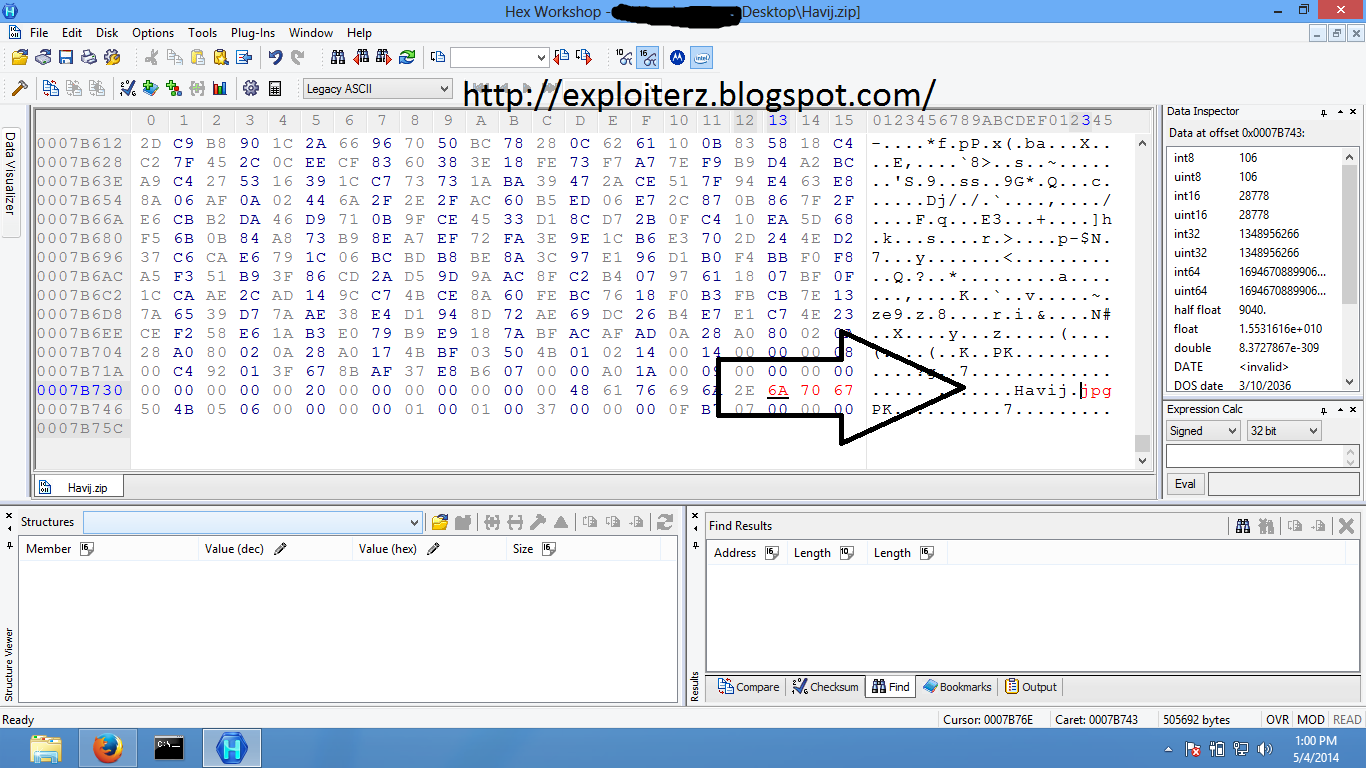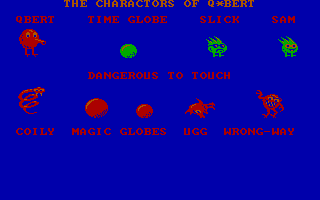

The first solution would be to use some virtual machine software such as Parallels or VMWare. If you don’t have a Windows machine available or there is some reason that you really need to open or run this on your Mac, there are a couple of other solutions that will work. If you want to open it or try to run it, you may need to do so in its native environment, which is Windows. There’s also a chance it could be some odd type of self-extracting file that is not supported by any type of tool available on macOS. It could be an executable that is meant to only run on Windows. If an archiving tool is not working for you, there’s a chance that it may not be a self-extracting. Of course, the best way to open a Windows file is in a Windows environment. These files will often be shown as text or document types but when you try to open them there will just be a bunch of unreadable characters that make no sense and there is not anything you can do with them. It can be hard to tell because Keka can open some executables and extract files to a directory as shown above. If Keka or any other extraction utility is unable to open the file, it could be that this. Step 5: You can now open, copy or do whatever you would like to do with any of the contents that were inside the. Once it is set up it will be added to your context menu and you can use the following steps to open up a file. You will first need to download Keka and install it on your Mac. We will be using Keka in our step-by-step instructions below, but if you have another tool you, can use it as well and the steps should be very similar. Once Keka is installed, it is very simple to open a self-extracting. It is easy to install and has the ability to open many different types of archives and packages. You can also get it from the App Store for a small fee. Keka is a free tool that you can download from their website. There are many apps out there that can do this and you can easily find them by looking in the App Store or searching on the internet.

exe file.īecause of this, you will need a third-party app that has the ability to open and extract archive or packaged files. I did finally get the flash player updated, by the way, but as I said, I have the following files, listed below, which my Mac OS X 10.6.8 (Snow Leopard) cannot open.Example of what happens when you try to open a.

I’m still new and learning all about my Mac! I would so appreciate some help on how to get rid of them and anything they might leave behind, or would just sending them to the trash be good enough? I am also wondering how to know if I do have a virus on here. that’s what my son is telling me at this point. I have 4 files that I have no idea where they came from … I am extremely cautious about downloading anything on here, but yesterday I was having trouble trying to update my flash player in Firefox, and I may possibly have accidentally downloaded the Windows version.


 0 kommentar(er)
0 kommentar(er)
